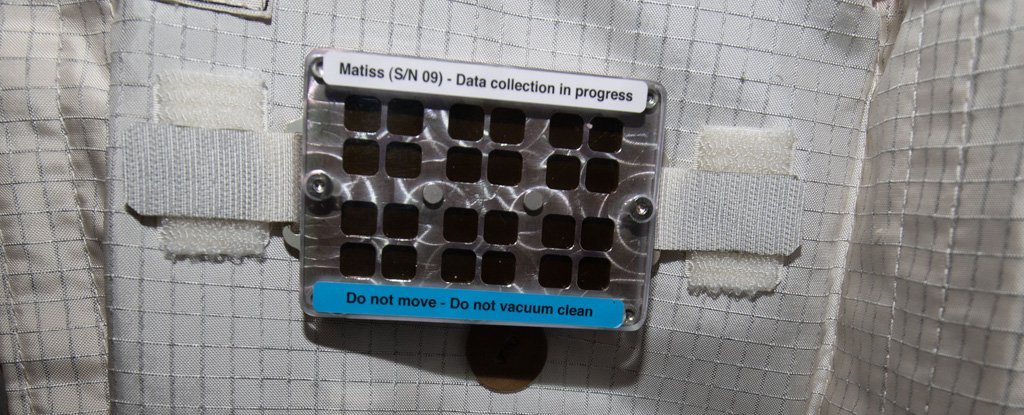While most of us are now much more careful to keep our homes and workplaces clean, cleanliness on board the International Space Station is imperative.
Antibacterial measures are of great importance, as bacteria tend to accumulate in the constantly recirculating air inside the International Space Station.
Every Saturday in space is a „cleaning day“ as surfaces are mopped, and astronauts vacuum and collect trash.
However, there is one spot on the station where cleaning is prohibited. But don’t worry, it’s all for science!
The Matisse’s experienceOr, attaching microbial aerosols to innovative surfaces on the International Space Station tests five advanced materials and how successful they are in preventing pathogenic microorganisms from settling and growing in microgravity.
Matisse also provided insight into how biofilms attach to surfaces under microgravity conditions.
The experiment was sponsored by the French space agency CNES and designed in 2016. Three iterations of the experiment were used on the International Space Station.
The first was MatISS-1, and it had four sample holders set up for six months in three different locations in the European Columbus Laboratory Unit.
This provided some basic data points for the researchers. When they were brought back to Earth, the researchers marked the sediments on each surface and used the control material to create a reference for the level and type of pollution.
MatISS-2 had four identical sample holders containing three different types of materials, installed in one location in Columbus. This study aimed to better understand how pollution spreads over time across hydrophobic (water repellent) and control surfaces.
The upgraded Matiss-2.5 was prepared to study how contamination – this time spatially – spread across hydrophobic surfaces using patterned samples. This experiment lasted for a year and recently the samples were returned to Earth and are now under analysis.
The samples are made from a diverse blend of advanced materials, such as self-assembling monolayers, green polymers, ceramic polymers, and hydrophobic hybrid silica.
The smart materials should prevent bacteria from sticking to and growing in large areas, making them easier to clean and healthier. Experiment hopes to find out which materials work best.
The European Space Agency says so „An understanding of the effectiveness and potential use of these materials will be essential to designing future spacecraft, especially those that carry parent humans in space.“
To be sure, long-term human space missions will need to reduce biological pollution of astronauts‘ habitats.
This article was originally published by The universe today. Read the The original article.

„Total Social Media Ninja. Introvertiert. Schöpfer. TV-Fan. Preisgekrönter Unternehmer. Web-Nerd. Zertifizierter Leser.“


